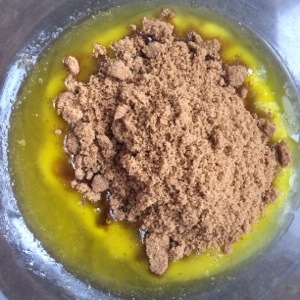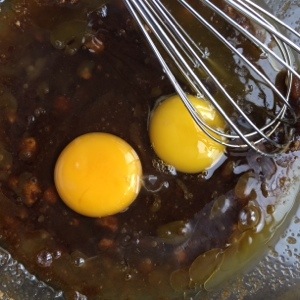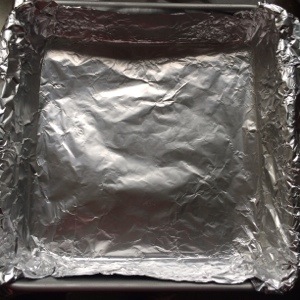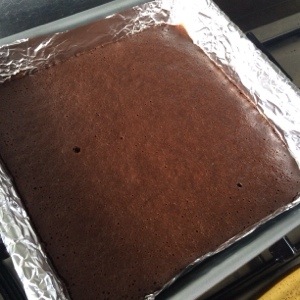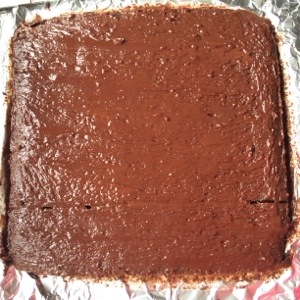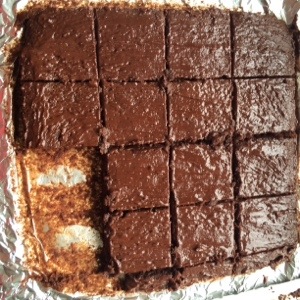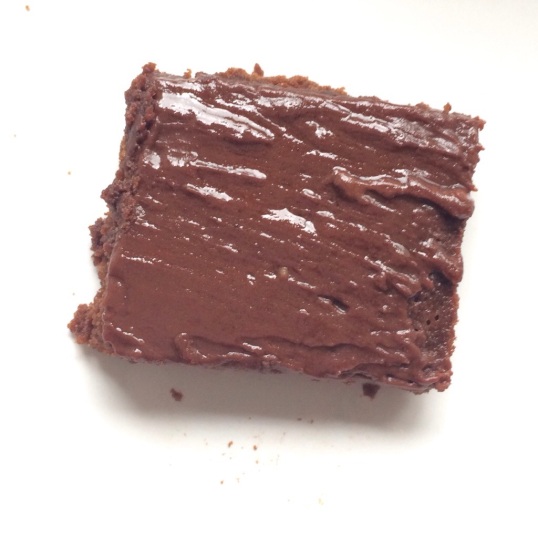Black-Eyed Beans (Lobhia) with Tomatoes
This recipe has universal appeal because it blends techniques and tastes that are popular across cuisines. The dish pairs as well with a crusty batard or flat bread as with steamed rice and because it uses so few ingredients, is a breeze to put together.
The only mildly challenging part is cooking the dried black-eyed beans, or lobhia as they are called in Hindi. You’ll have to soak the beans in water first and allow for some generous cooking time. Of course, you could always use canned black-eyed beans, in which case this will be ready in a jiffy.
The dish improves with keeping so it’s a perfect make-ahead if you’re planning to entertain.
You could serve it on its own with tortillas and french bread or you could add some cheese and pop it under a hot grill before bringing it to the table. Alternately, top the dish with some roasted bell peppers or lightly sautéed strips of capsicum.
Ingredients:
Serves 2-3
- 1 cup dried black eyed beans or two 410g (14 oz) cans of cooked beans
- Onion – 2 medium, finely chopped
- Tomato – 4 medium, skinned and finely chopped, or a can of peeled tomatoes, drained and chopped
- Garlic – 4-5 cloves, finely minced
- Cumin seeds – 1 tsp
- Chilli powder or minced fresh green chillies (optional, to taste)
- Garam masala – ½ tsp (optional)
- Olive oil
- Salt as needed
- Butter (optional)
Method:
- Soak the beans in water for about four hours.
- Rinse, cover with plenty of water, and bring to a boil. Lower the flame and let the beans cook, stirring occasionally and adding more water so that there is always an inch of liquid above the beans. This could take about an hour and a half or slightly longer. Alternately, if you have a pressure cooker, cook the beans for about 10 minutes under pressure. Do not discard any excess water. If you are using canned beans, rinse thoroughly under running water and drain.
- Mash a few cooked beans to thicken the gravy.
- Heat the olive oil in a wok or pan and when hot add the cumin seeds and let them sizzle for a second or two.
- Add the finely minced garlic cloves and fry for a few seconds.
- Add the onion and fry on medium heat for about five minutes until they start to change color.
- Add the fresh or canned chopped tomatoes and fry until the moisture evaporates and the mixture is homogenous.
- Add the chilli powder and garam masala, if using, and fry for a few seconds.
- Add the cooked beans, salt and some water if necessary, cook for about 10-15 minutes until the mixture thickens.
- Add pats of butter and serve.
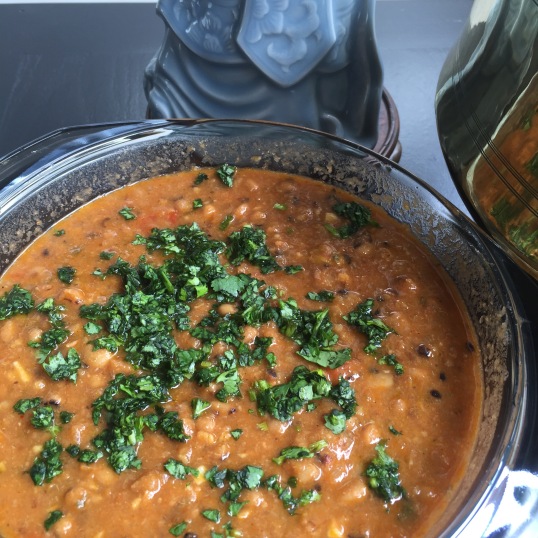
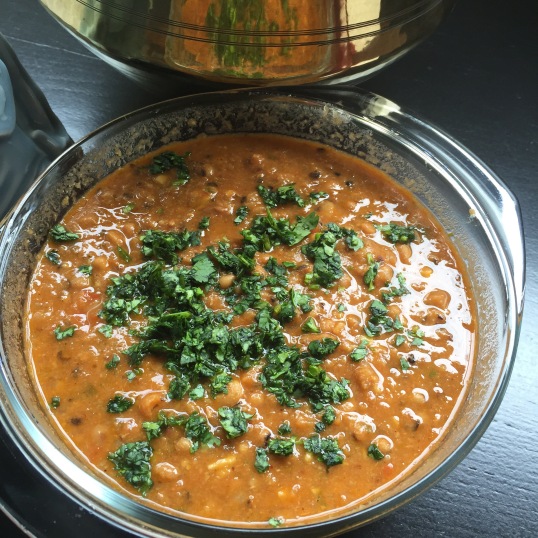




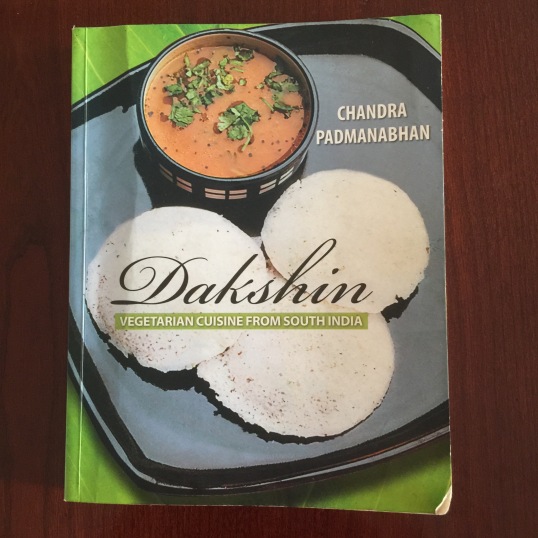
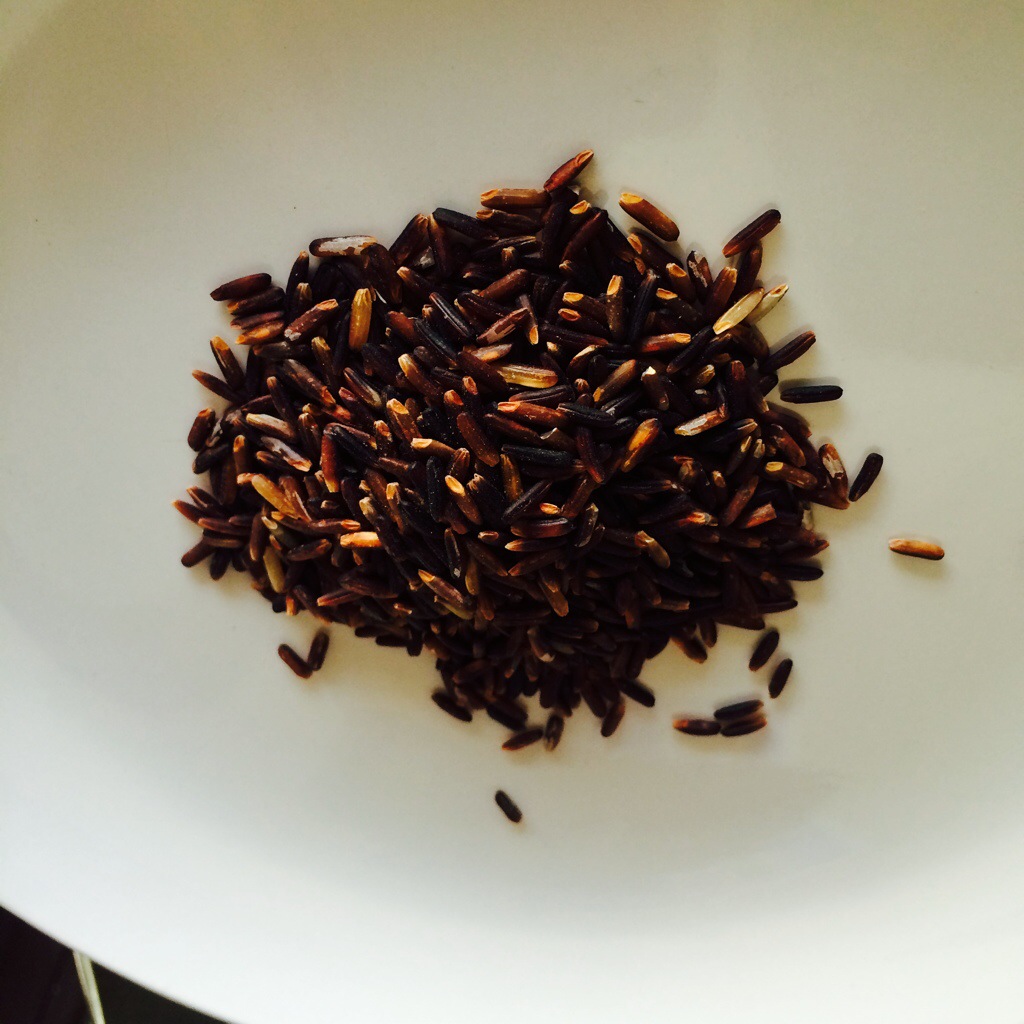
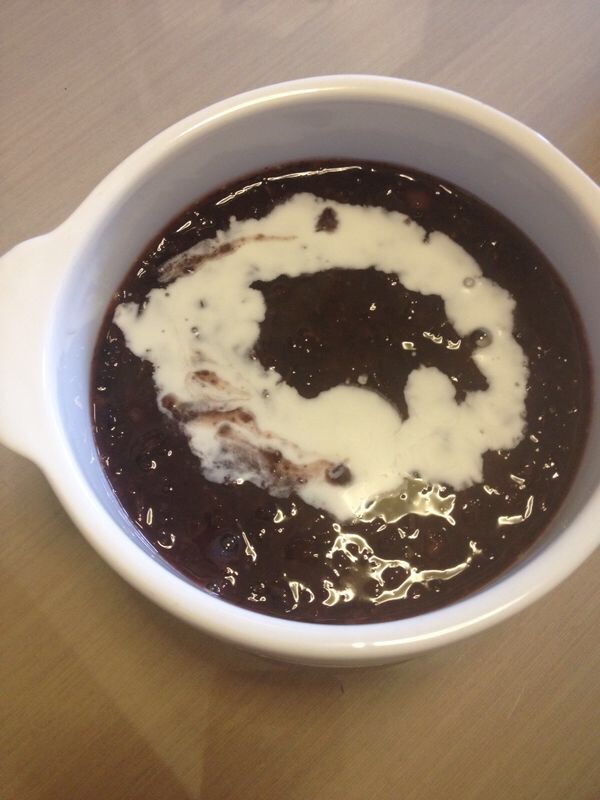
 This is my all time favorite comfort food. Being a Tambrahm family Rajma (red kidney bean curry) wasn’t really a dish we had every other day. My dad would actually make a face and ask “what kind of dish is called Rajammal?”
This is my all time favorite comfort food. Being a Tambrahm family Rajma (red kidney bean curry) wasn’t really a dish we had every other day. My dad would actually make a face and ask “what kind of dish is called Rajammal?”







